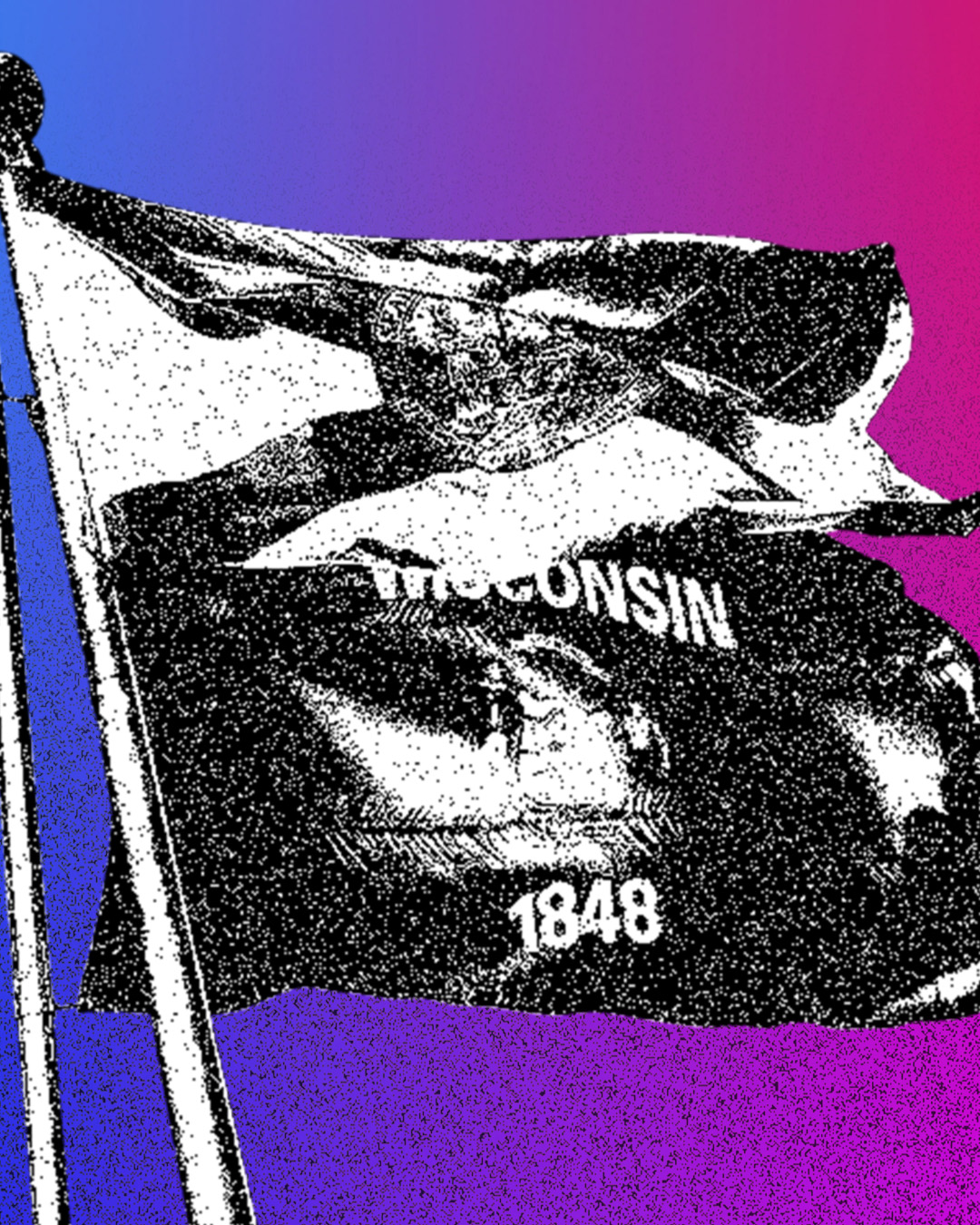Election day is approaching, and independent voters should keep an eye on these five critical indicators.
The Big Picture
With just one week until election day, the race remains tight. The latest projections suggest that the 2024 election is a toss-up, with no clear frontrunner emerging. Some forecasts are pointing to a late Trump surge, and futures markets now predict a Trump victory. While these narratives dominate headlines, the reality is that anything can happen.
In close elections, recounts, legal challenges, and delayed results are inevitable. This means that the official outcome may not be known for weeks. However, five key trends will provide early indications of which candidate is likely to secure the necessary 270 electoral votes and take control of the White House.
Zooming In
1. The Bucks County Bellwether
Suburban voters will play a decisive role in this election. These voters, typically college-educated and politically independent, are crucial for both Republicans and Democrats. Pennsylvania is perhaps the most pivotal swing state in 2024, and Bucks County serves as an early barometer of the night’s direction.
Often referred to as the "swingiest Pennsylvania county", Bucks County will be one of the first to release election results. If Harris performs well here, it could indicate broader Democratic strength. If Trump makes gains, it could signal a challenging night ahead for Democrats.
2. The Urban–Rural Divide
As expected, Trump is likely to dominate in rural areas, while Harris will rely on strong support in urban centers. The key question is: by how much?
Fulton County, Georgia, which includes most of Atlanta, is a key area to watch. In 2020, Biden won Fulton County with 65.7% of the vote. To secure victory, Harris must not only win in urban areas but also maximize her margins. Conversely, if Trump is pulling strong numbers in rural areas, such as Northwestern Pennsylvania, his path to victory becomes clearer.
3. Down Ballot Dynamics
House and Senate races often reflect the performance of presidential candidates. If a party’s congressional candidates are outperforming expectations, it could indicate broader momentum.
For example, if Republican Dave McCormick is leading Democratic Senator Bob Casey in Pennsylvania, it bodes well for Trump. Conversely, if Democratic Senator Jon Tester is holding off his Republican challenger in Montana, it suggests Harris is having a strong night.
4. The FEMA Factor in North Carolina
North Carolina is a must-win state for Trump. However, the impact of Hurricane Helene could significantly affect voter turnout in Western North Carolina.
Historically, voter turnout in this region hovers around 50%. If that number drops significantly due to infrastructure challenges from the hurricane, it could be problematic for Trump’s campaign. Without a strong showing in North Carolina, Trump’s path to 270 becomes much more difficult.
5. Election Day News Narrative
For the small percentage of undecided voters (estimated to be around 2-5%), media coverage on election day could influence their final decision. If major headlines highlight Trump’s tax policies favorably, it could help sway last-minute voters in his direction. However, if negative stories about his campaign dominate the news cycle, it may discourage undecided voters from supporting him.
Data Snapshot
- Pennsylvania’s Bucks County is a key early indicator of the election outcome.
- Urban margins in places like Fulton County, GA will determine Harris’s ability to counteract Trump’s rural support.
- Senate and House race performances can signal which presidential candidate has stronger momentum.
- Western North Carolina’s voter turnout could be impacted by Hurricane Helene.
- Media coverage on election day could sway the remaining 2-5% of undecided voters.
Independent Lens
For independent voters, these five election day trends will provide critical insights into how the race is unfolding. As results come in, watching these indicators can help determine which candidate is likely to win.
The outcome of this election will shape policies on the economy, healthcare, and foreign policy for years to come. Independent voters should stay engaged and informed to make their voices heard in one of the most consequential elections in recent history.
Subscribe to our newsletter to stay updated with independent voter insights and analysis.





